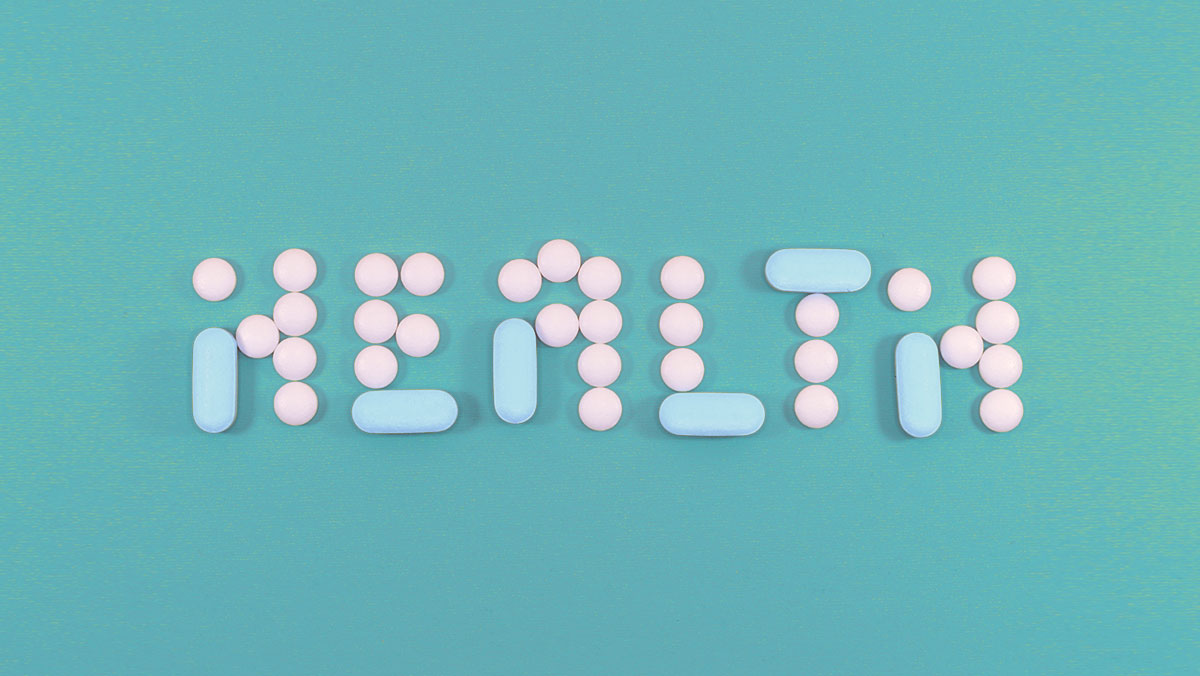
We’re running out of names. Yes, I’m serious. And it signals a big problem for pharmaceutical branding.
Unless you’re in branding and design, you may not have noticed that the market is overly saturated with new products and new names. When you compare the number of trademark applications filed with the US Patent and Trademark Office versus the number of approvals over time, you’ll find that many of them get refused. This is especially true for markets that have seen huge growth, like technology or, in this case, the pharmaceutical industry. In fact, medication names take so long to be approved by the FDA that, in five years, we may be out of names altogether.
Keep in mind, most of the medications you know by name and see on store shelves today were once prescriptions, named almost thirty years ago. Medication names that are easy to remember and that clearly reference the purpose or benefits – like Claritin, that speaks to being clear of allergies – were named in the 1990s when there were far fewer applications. Back then, a “good name,” so to speak, could get through. If you were to try to introduce a new allergy medication today, you wouldn’t be so lucky. You would end up with a name created from a string of odd consonants.
We can’t go on like this forever. Eventually, there has to be a shift that will require creative teams to think outside of the boxes they’ve been working in. Our medications have to start sounding like something we want to put in our bodies again. When the name of the medication sounds worse than the condition it’s meant to treat, that’s a problem! It’s a tough situation, but it could also be an opportunity for brands to flex their creative muscles and come up with something truly groundbreaking.
How did we get here?
The simplest answer is the most obvious one: patient safety. You don’t want two medications to be easily confused with one another. There are a lot of opportunities in everyday healthcare for a medication name to be misspelled, transposed, or confused: a doctor’s scrawled handwriting, a nurse missing a letter as they enter the prescription, a pharmacist accidentally grabbing the wrong medication – in a worst-case scenario, it could be fatal for a patient. So, rules and regulations exist to prevent all sorts of naming confusion. The regulations, however, are falling behind the reality of an ever-changing industry. As a result, we’ve reached a point where the brand names for medications have become so weird that they could be equally detrimental to patient safety.
The other big reason for such strict rules and regulations is that medication names can’t make any sort of claim. For example, a medication called “Besticin” – a pairing of the words “best” and “medicine” – wouldn’t be approved because it oversells the product and promises results it can’t deliver. Promoting misleading information and unrealistic expectations for medication can land a pharmaceutical brand in hot water.
On top of this, pharmaceutical brands trying to find a unique name are dealing with a very saturated market. There are already so many medication names out there, and in a situation where the names can’t be even remotely close to each other, you’ve already lost a considerable number of options. These limitations have led to a barrage of names that are virtually all consonants with bizarre spellings, that are hard to say, and that make it difficult to use the name to tell a story or communicate what the medication is meant to do.
Extreme boundaries like these can feel stifling but they can also be incredibly helpful in narrowing down the focus. One could argue that all the rules help with the filtering process, but finding a balance between the two extremes puts creatives in the best possible position.
Where do we go?
In my mind, there are a few solutions. Regulators are going to have to rethink the regulations in place. I’m not exactly sure what that will look like, but reimagining and even easing some restrictions will help brands create names that feel more like they’re meant to be consumer goods.
Changing how we use phonetic and linguistic tools could also open new creative naming avenues. We could embrace tactics like onomatopoeia in the vein of Twitter, or use adverbs in place of nouns like popular hard seltzer brand Truly. Intentional misspellings, like Reddit, are common in medication names, but they could evolve with more patient-friendly language in mind. While it’s true that the FDA may not approve a number of these new names, using these kinds of linguistic tactics may just help a brand come up with something great.
If a brand is truly daring, they can choose names that might very well be rejected but, if they are approved, could provide tremendous benefit to their product. In pharmaceutical branding, only two names can be submitted to the FDA at one time, and approval is normally a six-month process – a huge setback if a new name fails to get approved. But, in order to really change things, it may take one player to take that great risk.
In truth, there is no obvious answer to how we’re going to fix this. The tide is turning and names are being developed by pharmaceutical brands today that are going to look very different from what we’ve become used to as consumers. One brave company with one really bold idea could change the game for everybody.
Cover image source: Miguel Á. Padriñán